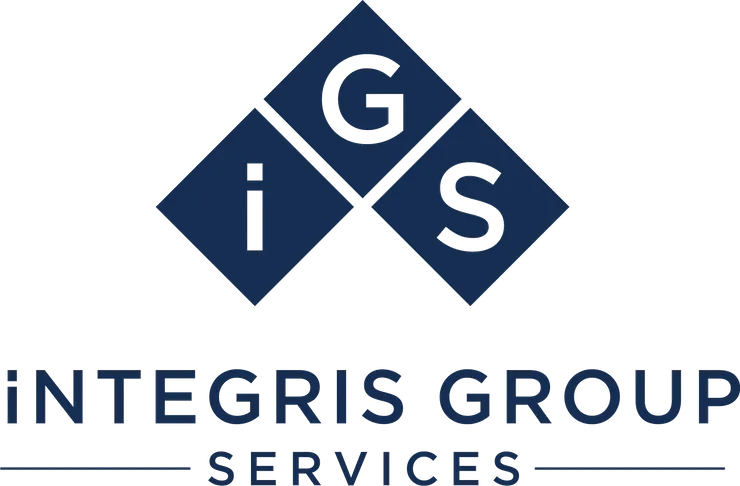People and Culture Transformation
Is your workplace culture driving success, or is it silently pushing top talent away?
Strong leadership actively drives people and culture transformation, ensuring it doesn’t just evolve passively but actively aligns with business goals and values. Leaders prioritise business strategy, performance metrics, and financial goals, assuming that workplace culture will naturally follow.
However, without a strong, values-driven foundation, even the most well-structured strategies can unravel. This article is part of our Values-Based Consulting series, focusing on people and culture transformation—a critical step in turning core values into a competitive advantage.
When employees perceive a disconnect between stated company values and daily operations, cultural safety in workplace weakens, motivation diminishes, teamwork suffers, and retention challenges increase.
This, in turn, undermines innovation, customer trust, and long-term business resilience. But when organisations intentionally invest in workplace culture, they create environments where employees thrive, performance soars, and success becomes sustainable.
What Is Workplace Culture, and Why Does It Matter?
Workplace culture defines the collective mindset and behaviours within an organisation, shaping how employees collaborate, make decisions, and engage with their work environment. It extends beyond company policies and values to include everyday interactions, leadership styles, and workplace norms.

A positive workplace culture fosters collaboration, strengthens trust, and enhances job satisfaction, while a weak or misaligned culture can lead to disengagement, inefficiency, and high employee turnover.
According to McKinsey, organisations that actively align culture with values-driven leadership experience greater business resilience, improved talent attraction, and stronger financial performance. A well-defined workplace culture isn’t just a nice-to-have—it’s a fundamental driver of organisational success.
So, how can leaders shape a culture that fuels long-term growth? More importantly, how can they embed values into workplace culture to drive performance and employee engagement?
How to Improve Workplace Culture Through Values-Based Talent Management
As our previous article on Values-Based Organisational Reporting: The Impact on Governance and Performance Improvement and Customer Centric Strategy: Aligning Operational Excellence with Customer Needs demonstrate through similar threads, achieving a genuine transformation means ensuring that values are seamlessly integrated into every aspect of the organisation, and in this case, ensuring people and culture integrate values into the employee experience.

Just like the interactions with values-based customer user journeys, integrating values into the employee experience can help influence daily interactions, decision-making, and long-term business outcomes.
Organisations that integrate values into daily operations create a culture where decisions, collaboration, and business success align with core principles.
1. Values-Based Recruitment and Hiring
Hiring for skills alone is no longer enough. Organisations that prioritise values alignment in recruitment achieve greater team cohesion, employee satisfaction, and long-term retention.
How to integrate values into recruitment:
- Redesign Job Descriptions – Clearly define workplace culture expectations for each role.
- Value-Centric Interviewing – Use behavioural questions to assess candidates’ alignment with company values.
- Onboarding with Purpose – Reinforce values from day one through structured induction programs.
2. Leadership Development Anchored in Values
Leaders set the tone for workplace culture. When leadership behaviours align with company values, employees feel more inspired, engaged, and supported.
Ways to build values-based leadership:
- Leadership Training Programs – Focus on ethical decision-making, emotional intelligence, and values-led leadership.
- Executive Accountability – Link leadership KPIs to their ability to reinforce workplace culture.
- Mentorship and Coaching – Encourage leaders to act as culture ambassadors, embedding values into daily interactions.
Harvard Business Review emphasises that lasting cultural change requires a movement, not a mandate, and we’ve seen this approach enable effective organisational and cultural change.
3. Performance Management Aligned with Core Values
Traditional performance management often prioritises output over impact. A values-driven approach ensures that how employees achieve results is just as important as what they achieve.
How to integrate values into performance management:
- Revise Appraisal Metrics – Incorporate values-based behaviours into performance evaluations.
- Recognition and Rewards – Celebrate employees who exemplify company values.
- Employee Feedback Loops – Establish transparent systems for gathering and responding to cultural concerns.
The Risks of a Weak Workplace Culture
When workplace culture isn’t deliberately shaped, organisations face serious challenges:
The good news is that weak workplace culture isn’t permanent. By taking deliberate steps, organisations can transform their culture into a competitive advantage.
Workplace Culture Examples: The Power of Values in Action
A large Australian organisation partnered with Integris Group Services to embed values into its talent management strategy, leading in remarkable improvements.
1. Challenge:
The company faced high turnover and declining engagement scores, with employees citing a disconnect between corporate messaging and everyday behaviours.
2. Approach:
- Implemented a new hiring framework to assess values alignment in recruitment.
- Delivered leadership training on values-based decision-making.
- Integrated performance incentives tied to demonstrating core values in action.
3. Outcome
- 32% increase in employee engagement.
- 40% reduction in turnover among high-potential talent.
- Stronger leadership cohesion and improved workplace morale.
The Future of People and Culture Transformation
As workplace expectations evolve, organisations must continuously refine their approach to embedding values into workplace culture.
Technology in Values-Driven Culture
AI and analytics will enhance hiring and leadership insights, but ethical considerations must remain a priority.
Hybrid Work Models
Cultural alignment must be maintained across remote and in-person teams.
Diversity and Inclusion
Embracing diverse perspectives strengthens innovation, collaboration, and global competitiveness, even in remote working environments.
Cultural Safety in the Workplace
Organisations must create environments where employees feel respected, valued, and psychologically safe.
Wellbeing as a Strategic Imperative
Employee wellbeing must be fully integrated into corporate culture strategies.
Conclusion: A Values-Driven Approach to Sustainable Success
People and culture transformation is not a one-time initiative—it is an ongoing commitment to embedding values into every aspect of workplace culture.

At Integris Group Services, we believe that our values honesty, integrity, conviction, action, and sensitivity should not just define who we are, but shape how we work with our clients. Our people-first approach ensures that values remain at the heart of leadership, recruitment, and performance strategies, and we invite you to adopt this approach to help drive performance in your organisation.
Ready to strengthen your workplace culture and drive sustainable success? Take the next step in your people and culture transformation journey. Let’s align your organisational values with performance-driven strategies to create a thriving workplace.
This article is part three of our series, Using Organisational Values to Drive Business Performance. If you missed the previous installments, you can explore:
The next question is: how can organisations embed a culture of continual improvement and innovation while staying true to their values? And can digital transformation be leveraged to drive meaningful change in this space?

